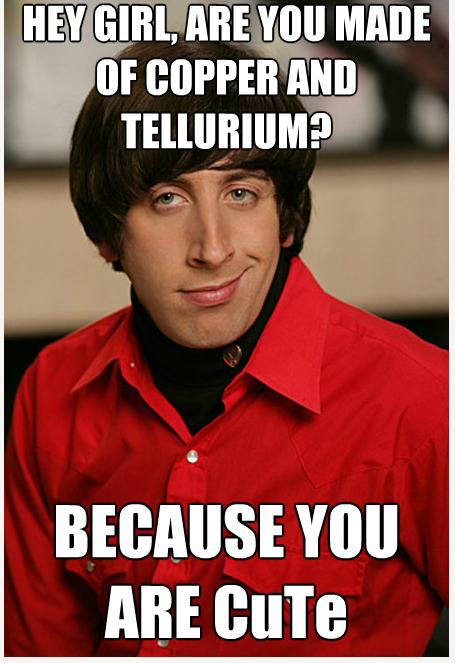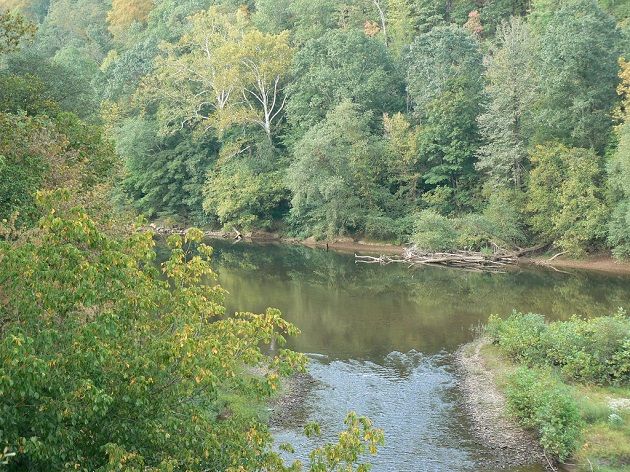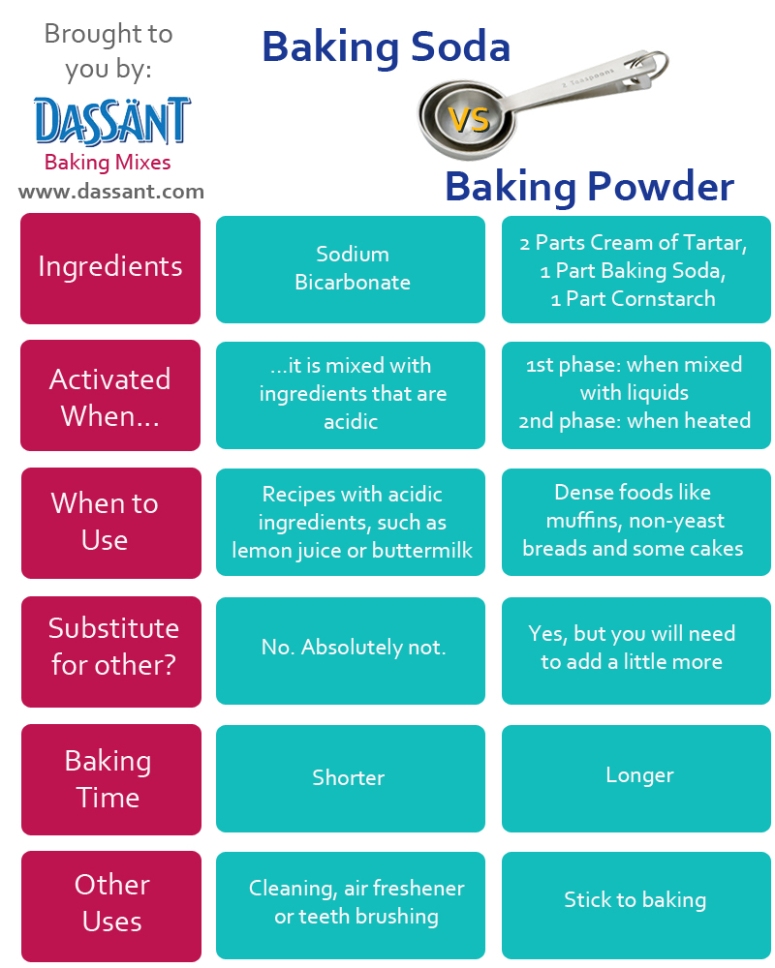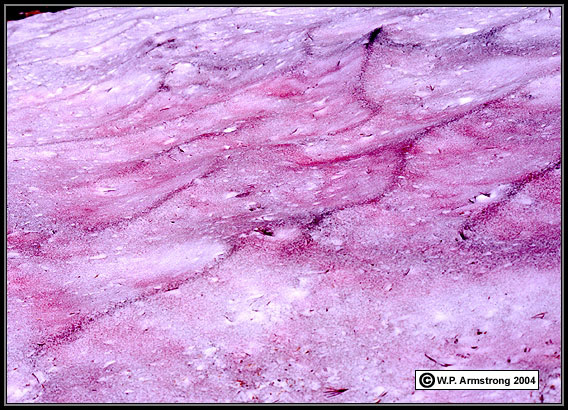
Puns are always available in chemistry!
Group one elements first so: SODIUM! As I literally just said, sodium is a group one element and therefore is often called an alkali metal. Although salt is the most common form of sodium [sodium chlroide], it is also used in items such as soap! I never knew that before. Its symbol is Na and has an atomic number of 11.
Neon! Neon is next as it exists in only a small amount of the atmosphere 9 present at 1 part in 65000) naturally as opposed to sodium which everyone has heard of. Ne has 10 protons and electrons and is located in group 18. Most people have heard of Neon colors, but never thought of it as an individual element surrounding us every day!
https://www.webelements.com/sodium/





